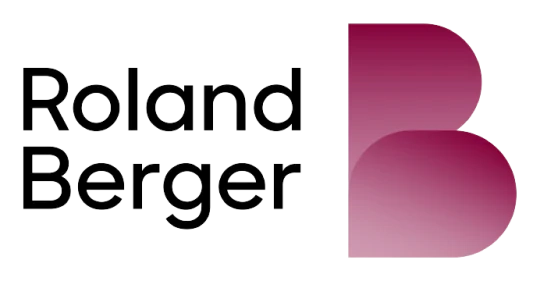Hello all,
If I had to estimate the daily revenue of a nearby Starbucks store, I would look at the bottleneck (i.e number of cashiers) * max. number of customers served by 1 cashier (60 minutes / time to serve 1 customer (I'm assuming that the same cashier would collect payment, craft the customer's drink and serve it)) then adjust with peak & non-peak hrs and utilization rate for peak & non-peak (assuming a particular weekday). Then multiply with average ticket price.
Would you agree with the above solution?
And which bottleneck would be more reasonable? Number of seats or number of cashiers?.
Thanks
(edited)




